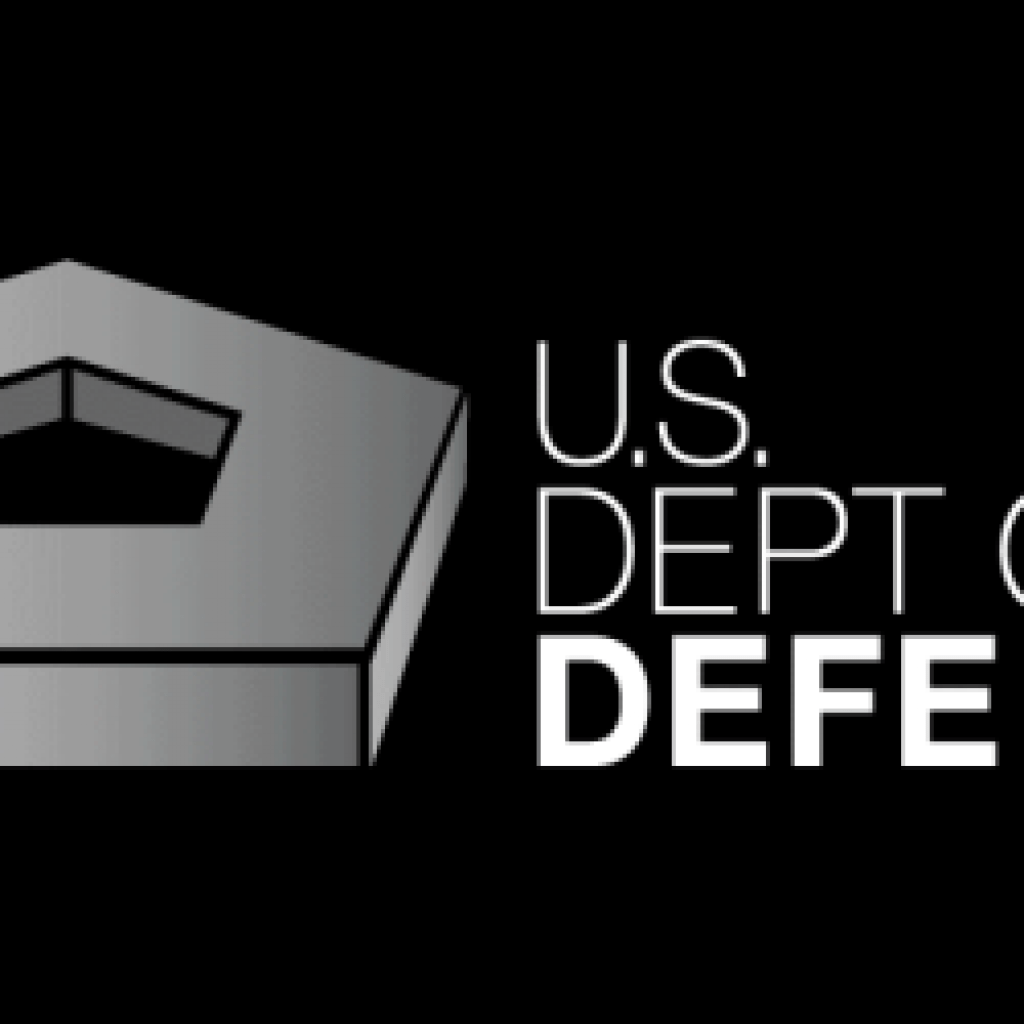(AIP.org) The American Institute of Physics has compiled this extensive review of congressional appropriatorsfor funding the Department of Defense’s Science and Technology portfolio in fiscal year 2022. The House proposing a 5% cut to the current $16.9 billion topline and the Senate a 5% increase. The Senate proposes a particularly large boost for the Defense Advanced Research Projects Agency, seeking a 12% increase to just under $4 billion, while the House proposes flat funding for the agency.The technology categories are numerous including microelectronics, advanced communications, high-performance computing, missile early warning, directed energy, mobile nuclear reactor, national security innovation capital, budgeting reform and quantum information science.
IQT-News provides here the AIP discussion of funding proposals for DOD quantum information projects:
Quantum information science. The Senate proposes to provide $60 million above the requested amount within DARPA’s budget for quantum computing, specifically to “evaluate disruptive designs for utility-scale, fault-tolerant quantum computers, with a specific focus on systems that can be constructed in less than 10 years using non-traditional quantum computing approaches.”
The Senate also matches the $29 million requested for a new program that would accelerate work on a next-generation atomic clock and facilitate researcher access to quantum computing capabilities in the private sector, pursuant to a provision in the National Defense Authorization Act for Fiscal Year 2021. The House only proposes partial funding for the program, citing “unjustified growth.”
In addition, the Senate proposes $42 million more than the $169 million requested for the Air Force’s Dominant Information Sciences and Methods program, with $25 million of the increase for “photonic quantum computing” and $17 million for quantum internet and networking activities. The program is currently funded at $216 million, of which Congress directed at least $27 million go to QIS initiatives.
